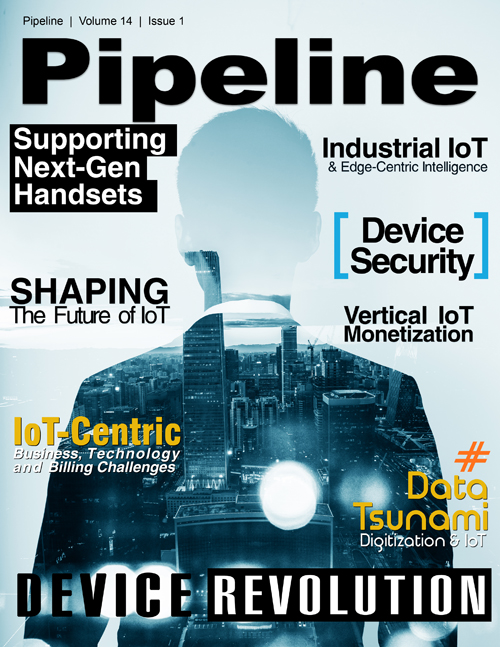Industrial IoT Demands 'Platforms' and Intelligence at 'the Edge'
He notes that some network operators are selling connections and reselling hardware on the IoT edge, “but then they take a leap over to fleet management and other vertical applications with everything living in silos,” adds Goodness. “Throwing SIM cards at everything is fogging the mirror and doesn’t really make IoT frictionless for enterprises.”
For those that don’t yet have organic IoT platforms, significant work is underway to structure relationships around third-party app and service providers for capabilities like device management and managed services, which will ultimately help CSP enterprise customers work through PoCs, field trials and production systems with less risk.
In other words, CSPs are attempting to integrate into enterprise applications through platforms at least tangentially related to IoT. The goal is to scale and foster reuse of common components among different use cases and verticals by eliminating the multiple IoT silos that force case-by-case integration, higher operational costs and inhibit growth.
While the concept of “platform” is being debated and conceptualized among CSPs, there is momentum worth noting. For example, AT&T’s Control Center (powered by Cisco Jasper cloud-based IoT platform) orchestrates SIM management, connectivity, and change management. It complements AT&T’s M2M Data Storage Services (M2X), which are built to move enterprises toward sophisticated connectivity, device management, data orchestration, and data visualization. “Our industrial applications are focused on automation, SIM activation rules and comprehensive diagnostics,” says AT&T’s Lisa Park, assistant vice president, connectivity product management and channel enablement. “We help enterprise customers do more than just collect or harvest data off interconnected devices, as they want to derive meaningful insight and make better real-time decisions about how to run their businesses better.”
The GSMA’s Mobile IoT Initiative also is yielding impressive results, with collaborations emerging among CSPs to build IoT platforms: China Telecom and Telenor Connexion, for example, launched a common IoT/M2M platform to serve each other’s multinational enterprise customers on their collective networks in Europe and Asia, with integration of their cross-border eUICC (eSIM) platforms. China Telecom also forged a similar multinational IoT/M2M eUICC agreement with Orange Business Services covering Asian, European and African markets.
When global CSPs work together in this manner, they can do make tremendous strides in advancing emerging technologies, In this case, AT&T, Verizon, Vodafone, China Mobile, China Unicom, China Telecom, and Deutsche Telekom (DT) are working on low power wide area (LPWA) networks — considered one of the more important wireless connectivity technologies for enabling industrial IoT to take off.
How ‘Edgy’ Will CSPs Get in Industrial IoT?
In an increasingly crowded IoT market place, running networks is going to be the obvious competitive advantage for many CSPs, as will be their expertise in deploying IoT and end user services focused on vertical needs (i.e., fleet management, smart home, eHealth, lean manufacturing). Through managed services and “as a service” business models, they will more readily monetize industrial IoT.
Many operators are starting to position themselves around IoT edge-centric offerings from which they can connect assets, processes and people, as well as provide insight into data through analytics. Moving away from centralized data centers is smart, since the edge of the network is the logical point for the IoT-supporting pillar of 5G, where the agility of NFV and programmability of SDN can come together.
The challenge — as millions of IoT devices come onto mobile networks, streaming information to Internet cloud applications — will be achieving ultra-responsiveness and higher degrees of intelligence in industrial IoT applications. To succeed, CSPs will have to process content at the very edge of mobile networks, giving them the ability to monetize the performance and latency advantages that come from putting their IT resources near base stations. For example, delivering video via a local cloud at the network edge, close to the subscriber, will greatly reduce latency compared with a video appliance in the cloud.



















